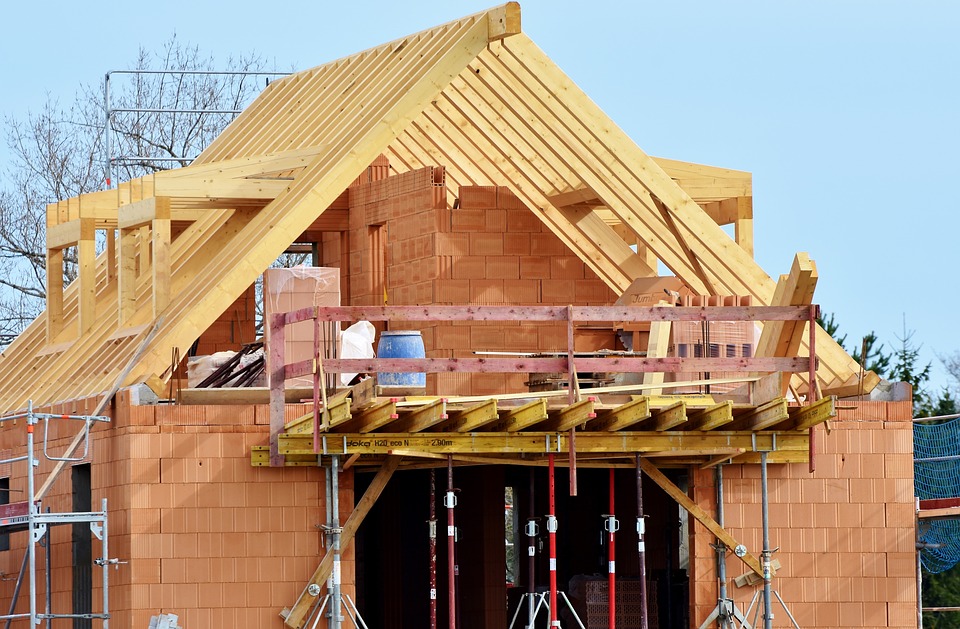Modular has long been hailed as a solution to a housing crisis that has left workers in England and Wales needing to fork out eight times their annual income to buy a house, according to ONS data published in 2018.
The homes are quick to assemble and are cost-efficient, they are built to last and they leave a much smaller carbon footprint than traditional housing. Off-site construction also means fewer builders are required, which solves another problem facing the industry – a shortage of skilled workers.
Last week Birmingham City Council proudly announced that they were to build the city’s first council-built modular home, yet in other countries, modular houses already make up a significant proportion of homes, with around 84% of homes prefabricated in Sweden using timber elements.
So why aren’t modular homes more popular in the UK?
Past misconceptions
Three million new social homes must be built in England over the next two decades to solve the crisis, according to a January report by the charity Shelter. At least 1.2 million homes are needed for younger families, who can’t afford to buy and face a lifetime in expensive – and insecure – private renting.
One of the key issues is that when we hear the term module housing, we often think of the prefabricated homes that were erected to address the post-Second World War housing shortage.
From spring 1946, more than 156,000 pre-fab houses were erected across the UK in record time as a temporary solution envisaged to last no longer than ten years. The houses were typically bungalows and while much-loved by residents, were built in a style which gained a bad reputation for being low quality and unsightly.
Although a few are still standing – a testament to their construction – the homes are poorly constructed by today’s standards.
‘As for the “pre-fab” image, modular homes have very little in common with the inter-war “homes for heroes”‘ says Jessie Wilde, relationships & projects manager at the Bristol Housing Festival.
‘Today’s modular homes are precision-manufactured, energy-efficient homes with high levels of quality control,’ he adds. ‘Their construction methods are more sustainable than traditional methods and modern factories can offer better working environments than building sites.’
Luke Barnes, CEO at Ideal Modular Homes, adds: ‘Some people may have a misconception of modular from post-war homes. However, since the 1940’s there have been major advancements in technology and building materials.
‘Here at Ideal Modular homes, all our properties surpass building regs standards, are precision built in just 5 days and to an unmatched level of quality,’ he says.
Although modern modular homes look nothing like their previous incarnations, some people fear factory-built housing would leave families living in tiny, “identikit” homes. Traditionally, too, homes in the UK have been built with brick or stone rather than wood, which is often used to construct modular housing.
Tackling the ‘change averse’ planning system
There are also challenges when it comes to off-site construction. More money is required upfront to invest in the factories required to build homes, which can deter developers, and they are also costly to run. Factories that create modular housing require economies of scale, but the industry is relatively small (compared to Sweden, for example). There is also a more general fear of change when it comes to replacing the more “traditional” system of house-building.
‘Like anything made on a production line, the modules can be made quickly in high volume and to a quality standard at a low cost,’ says Nick Fulford, CEO of modular housing brand nHouse. ‘As a result many people, including the UK government, see volume modular housing as the solution to supplying enough housing in the UK and improving quality levels.
‘Until recently the modular housing industry was held back by a lack of innovative house designs, inexperience in how to make factories work, an unsupportive mortgage and lending sector and negativity from local planners,’ he adds.
Most local planners are very conservative and ‘change averse’, Fulford says, adding they thought modular homes would be of poor quality and design.
‘Until recently companies have struggled because the experience wasn’t there, the designs were not right, the mortgages were not available and the amount of capital investment to set up a factory is substantial,’ he adds.
Wheels slowly turning
Things are now changing, albeit slowly. Last year, Berkeley Homes announced their aim to build 1,000 modular homes a year out of their new factory in Ebbsfleet, Kent. The insurance giant Legal & General opened their factory in Leeds in 2016, with the aim of producing 4,000 modular homes a year.
Modular homes have been planned for Bristol too, Wilde adds. ‘Modular build is used on constrained and unconventional sites because units can be lowered in by crane. For example, ZEDpod modular homes, exhibited at the Bristol Housing Festival launch, are designed for land outside the development plan such as existing car parks and hard standings.
‘Last October, Bristol City Council committed to investing in six rapid-build, modular homes from ZED Pods. The ZEDpods will be offered to people in housing crisis later this year, subject to planning.’
‘New companies like nHouse have joined the industry offering high-quality homes. There are now around 20 factories up and running and the industry is gaining in experience, the BOPAS accreditation scheme means that main lenders like Natwest and Santander are offering mortgages and the UK government has really got behind ‘modern methods of construction’ like modular.’
The Buildoffsite Property Assurance scheme (BOPAS) is a risk-based evaluation which demonstrates to funders, lenders, valuers and purchasers that homes built from non-traditional methods and materials will stand the test of time for at least 60 years.
Moreover, people who want to own their own homes – and who have been priced out of the property market – are less interested in how their houses are built. It’s more about whether they will last and suit their needs and tastes.
‘With billions now being invested the UK government would like our industry to supply around 60,000 homes a year within a decade,’ Fulford says. ‘So it’s going to be much more common to see all sorts of modular homes around Britain.’
Source: Environment Journal






